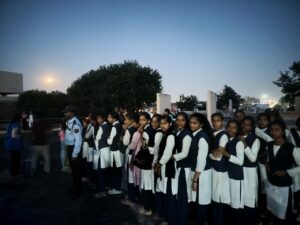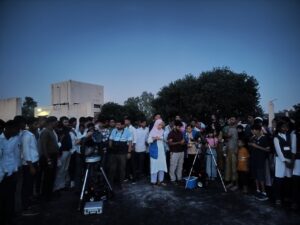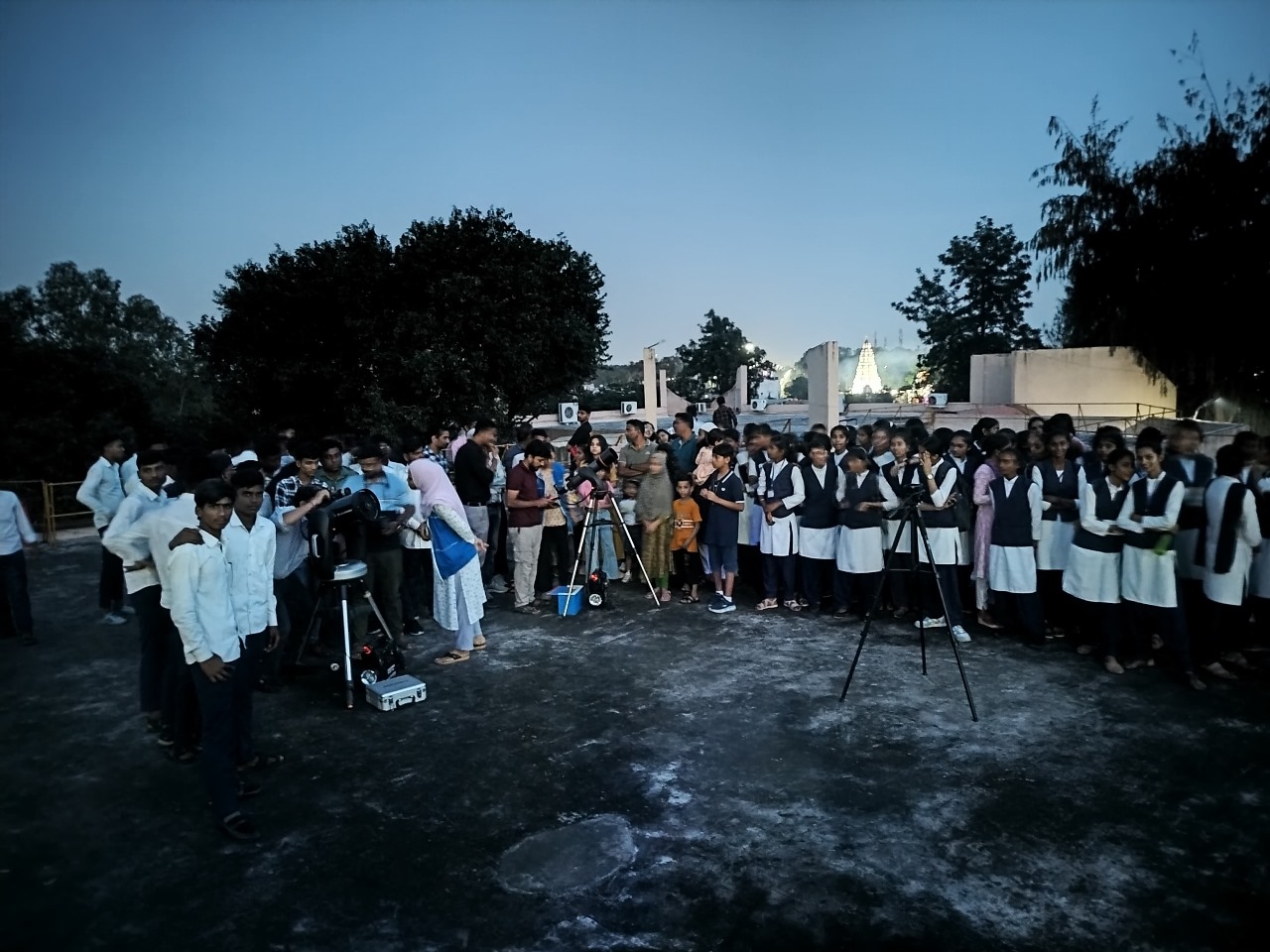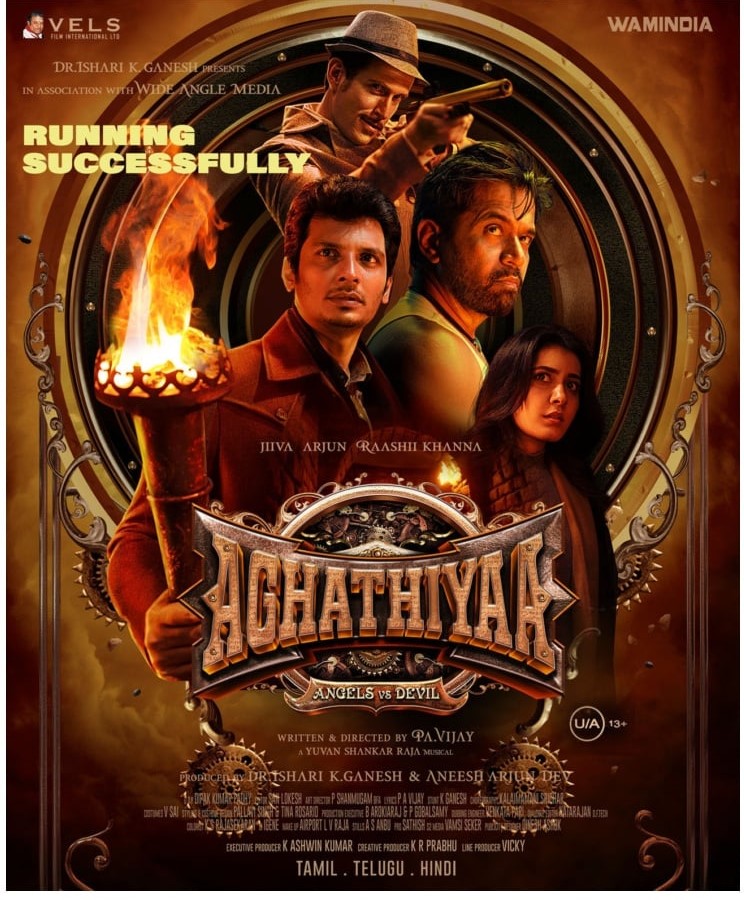CNN Central News & Network–ITDC India Epress/ITDC News Bhopal: A rare celestial event was witnessed at the Regional Science Center in Bhopal. Schoolchildren participated in a Supermoon observation event organized there and enjoyed this rare astronomical occurrence. A Supermoon happens when the Moon is closest to the Earth, making it appear larger and brighter than usual.
Tonight, the Moon was at its closest point to Earth in its orbit, appearing exceptionally large and bright. According to astronomy, our Moon was approximately 357,175 km away from the Earth, a phenomenon known as a Supermoon. In comparison to when the Moon is at its farthest distance of around 405,000 kilometers (known as a Micromoon), this Supermoon appeared about 14% larger and 30% brighter, making its light feel much more intense due to the reflection of the Sun’s light.

More than 160 people, mostly schoolchildren, used advanced computerized telescopes to observe the detailed surface of the Moon. They saw the craters, mountains, and other geographical features of the Moon and asked many questions to the curator of the science center, including questions like “Is there life elsewhere in our universe?” and “What is the circular storm on the surface of Jupiter?” The science center’s team shared interesting facts about the Moon with the children.
Saket Singh Kaurav, the project coordinator at the Regional Science Center, said, “We organize such events to inspire students about science and astronomy. Celestial events like the Supermoon spark scientific curiosity in children and motivate them to take an interest in the field of science.”

For this event, advanced computerized telescopes were set up by the Regional Science Center, Bhopal, allowing the audience to experience this amazing celestial event. The schoolchildren thoroughly enjoyed the event and had the opportunity to interact with scientists. They gained new knowledge about the Moon, which further enhanced their interest in science.
#Supermoon #BhopalScienceCenter #Astronomy #CelestialEvents #ScienceForKids







